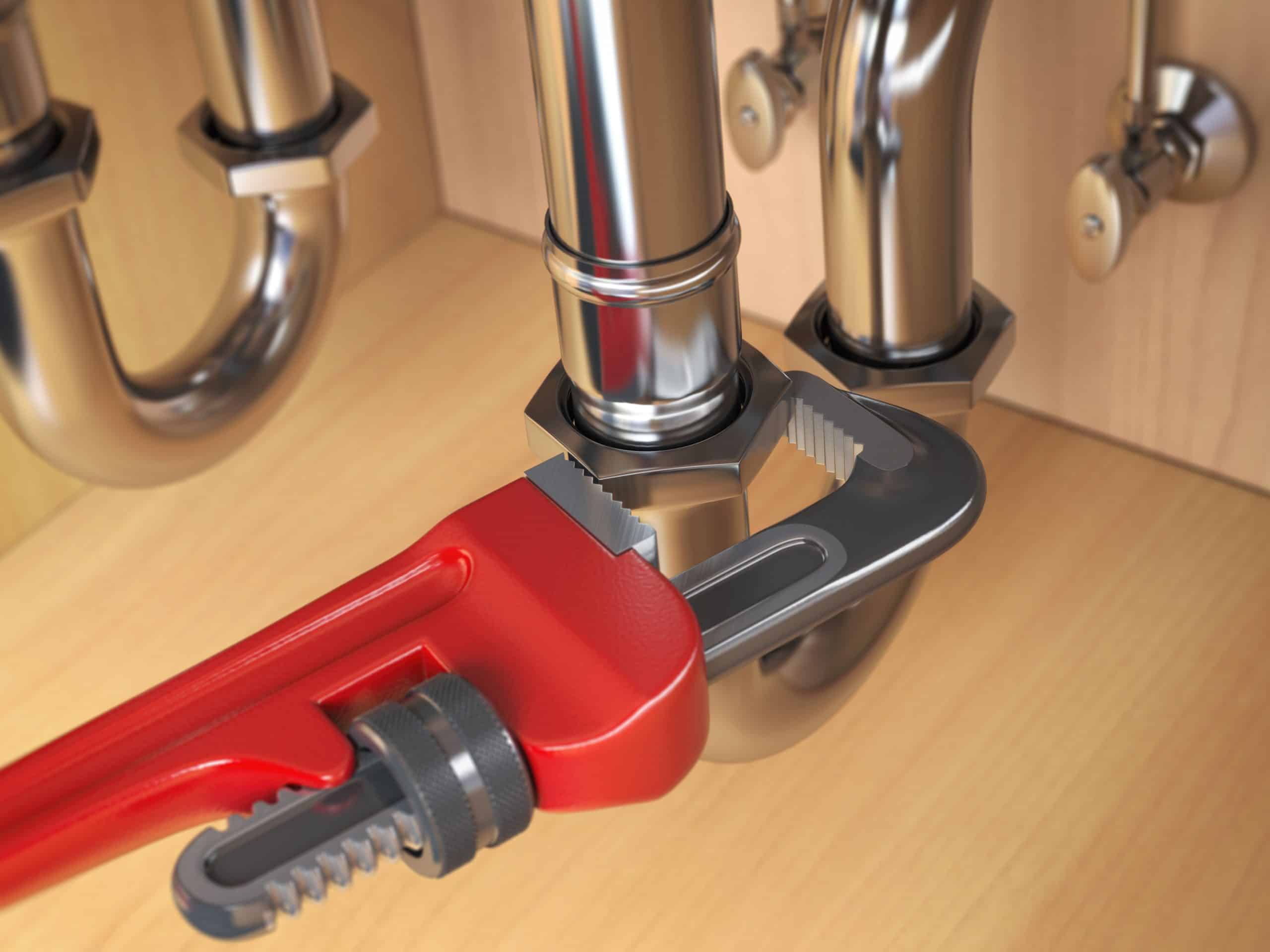How to Correct the Air-Fuel Ratio for High Altitude Driving in a Jeep Grand Cherokee?

For many Jeep Grand Cherokee owners, driving at high altitudes can pose a unique set of challenges. This is because the thinner air at higher altitudes can affect the air-fuel ratio in your vehicle’s engine, potentially leading to a loss of power and efficiency. In this article, we’ll delve into the specifics of how you can adjust your vehicle’s air-fuel ratio to ensure optimal performance even when you’re driving up in the mountains.
Understanding the Importance of the Air-Fuel Ratio
First, it’s crucial to understand what the air-fuel ratio is and why it’s so important for your vehicle’s performance. The air-fuel ratio is the proportion of air to fuel in your engine’s combustion chamber. When this ratio is off, your engine may not run as efficiently, or it may not run at all.
Also to see : What Are the Best Techniques for Restoring a Leather Steering Wheel in a Classic Car?
For your Jeep Grand Cherokee, a typical air-fuel ratio is 14.7:1. That means for every 14.7 parts of air, it requires one part of fuel to ignite and power the engine effectively. However, this ratio can change based on various factors, including altitude.
When driving at high altitudes, the air is thinner, meaning there are fewer oxygen molecules available for combustion. This can lead to a rich, or fuel-heavy, mixture, resulting in poor fuel economy, decreased performance, and increased emissions.
Topic to read : What’s the Best Way to Lower the Center of Gravity in a Porsche 718 Boxster?
Adjusting the Air-Fuel Ratio
So, how can you correct the air-fuel ratio in your Jeep Grand Cherokee when driving at high altitudes? The answer lies in your vehicle’s engine control system. Most modern vehicles, including the Jeep Grand Cherokee, have an Engine Control Unit (ECU) that automatically adjusts the air-fuel ratio based on a variety of sensors.
One of these sensors is the oxygen or O2 sensor, which measures the amount of oxygen in the exhaust. If the sensor detects too much oxygen (indicating a lean mixture), the ECU will increase the amount of fuel injected into the engine. On the other hand, if the sensor detects too little oxygen (indicating a rich mixture), the ECU will reduce the amount of fuel.
However, if you’re frequently driving at high altitudes, you may want to consider manually tuning your ECU. This will allow you to set a specific air-fuel ratio that’s optimal for high altitude driving. While this task can be a bit complex for novices, there are plenty of guides and video tutorials available online that can walk you through the process.
Opting for High-Altitude Tuning Services
If manually tuning your ECU seems a bit daunting, you can also opt for professional high-altitude tuning services. Many auto shops offer this service, especially in areas with significant elevation changes. A professional tuner will adjust your ECU settings to optimize your vehicle’s performance at high altitudes.
In addition to adjusting your air-fuel ratio, a professional tuner may perform other modifications to enhance your vehicle’s performance. For example, they might adjust your vehicle’s ignition timing or modify your vehicle’s turbocharger or supercharger settings, if applicable. The price for these services can vary, so it’s always a good idea to get a quote beforehand.
Upgrading Your Vehicle’s Parts
Finally, another route you can take to improve your Jeep Grand Cherokee’s performance at high altitudes is to upgrade certain parts of your vehicle. For example, installing a high-altitude carburetor can allow your engine to receive the correct air-fuel mixture even at high altitudes. Similarly, a cold-air intake can help increase the amount of oxygen available to your engine, improving combustion and power.
Another worthwhile upgrade is to your vehicle’s exhaust system. A free-flowing exhaust system will allow spent gases to exit your engine more quickly, reducing back pressure and improving engine efficiency.
Remember, while these upgrades may have a higher initial cost, they can lead to savings in the long run by improving your vehicle’s fuel efficiency and reducing wear on your engine.
In conclusion, driving your Jeep Grand Cherokee at high altitudes doesn’t have to mean sacrificing performance. By understanding and adjusting your air-fuel ratio, utilizing high-altitude tuning services, and considering some strategic upgrades, you can ensure that your vehicle performs optimally no matter where your adventures take you.
Utilizing Advanced Features and Safety Measures
In your Jeep Grand Cherokee, you have access to advanced features designed to support high altitude driving. Some of these features can be utilized to maintain an optimum air-fuel ratio, enhance fuel economy, and ensure a smooth ride uphill. The Jeep Grand Cherokee comes equipped with a 9-speed automatic transmission that enables the vehicle to adjust its operation based on the driving conditions. This system plays a key role in optimizing the vehicle’s performance in different altitudes.
The steering wheel mounted controls allow the driver to adjust various settings without taking their eyes off the road, making it easier to focus on navigating challenging terrains. These controls include features that help maintain an efficient air-fuel ratio, enhancing the Jeep’s performance at high altitudes.
In addition to this, the Jeep Grand Cherokee is also equipped with a range of safety features. These include Hill Start Assist, which prevents the vehicle from rolling backwards on a slope, and Hill Descent Control, which helps maintain a steady speed while driving downhill. These features provide added control and security when driving in high altitude areas.
Another feature worth mentioning is the four-wheel drive system. This system provides increased traction, enabling the Grand Cherokee to navigate steep, rocky, and uneven terrains with ease. By providing better grip and control, this system helps maintain optimal engine performance, irrespective of the altitude.
Strategic Maintenance for Optimum Performance
To ensure that your Jeep Grand Cherokee performs optimally at high altitudes consistently, it is essential to follow certain maintenance practices. Regular servicing and inspections can help identify and correct any issues that might affect the air-fuel ratio or overall performance.
One of the key areas to focus on is the vehicle’s O2 sensor. This sensor plays a critical role in maintaining the correct air-fuel ratio, and any problem with it could lead to poor fuel economy and decreased performance. Regularly checking and replacing the O2 sensor can help prevent such issues.
Similarly, it is crucial to keep the fuel system clean and free of debris. A clogged fuel system can lead to a rich air-fuel mixture, resulting in poor fuel efficiency. Regular fuel system cleanings can help maintain the correct air-fuel ratio and enhance fuel economy.
Also, make sure to keep an eye on the exhaust system. As aforementioned, a free-flowing exhaust system can improve engine efficiency, so it’s important to ensure that it’s not blocked or damaged.
Finally, the rear seat area should not be overloaded as it can impact the vehicle’s balance and handling, more so at high altitudes.
In conclusion, driving your Jeep Grand Cherokee at high altitudes can be a smooth and efficient experience if you understand your vehicle’s features and follow certain maintenance practices. Adjusting the air-fuel ratio, leveraging the 9-speed automatic transmission and other advanced features, and keeping a check on key components can help ensure optimum performance, irrespective of the terrain or altitude. So gear up and let not high altitudes limit your adventurous spirit!
